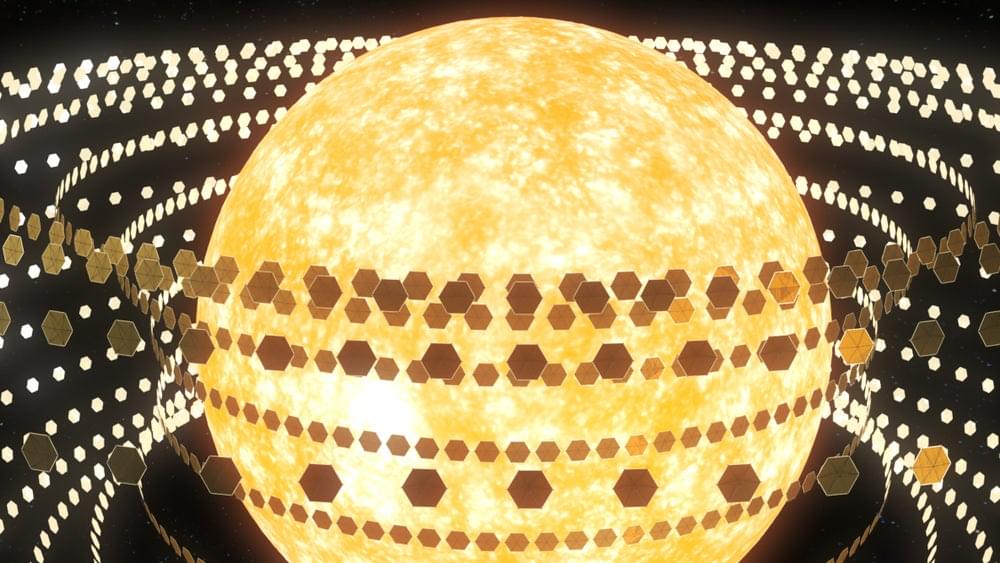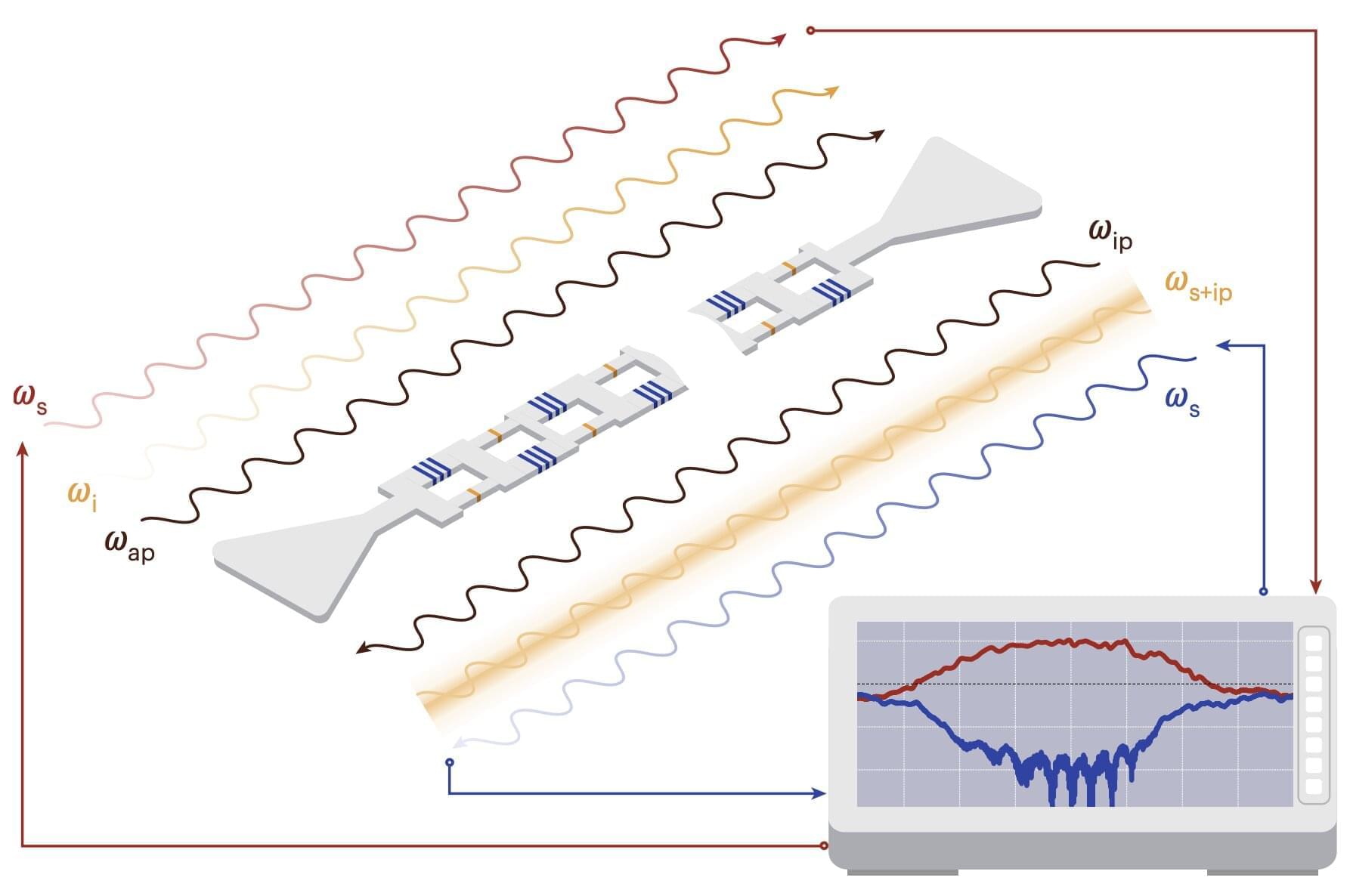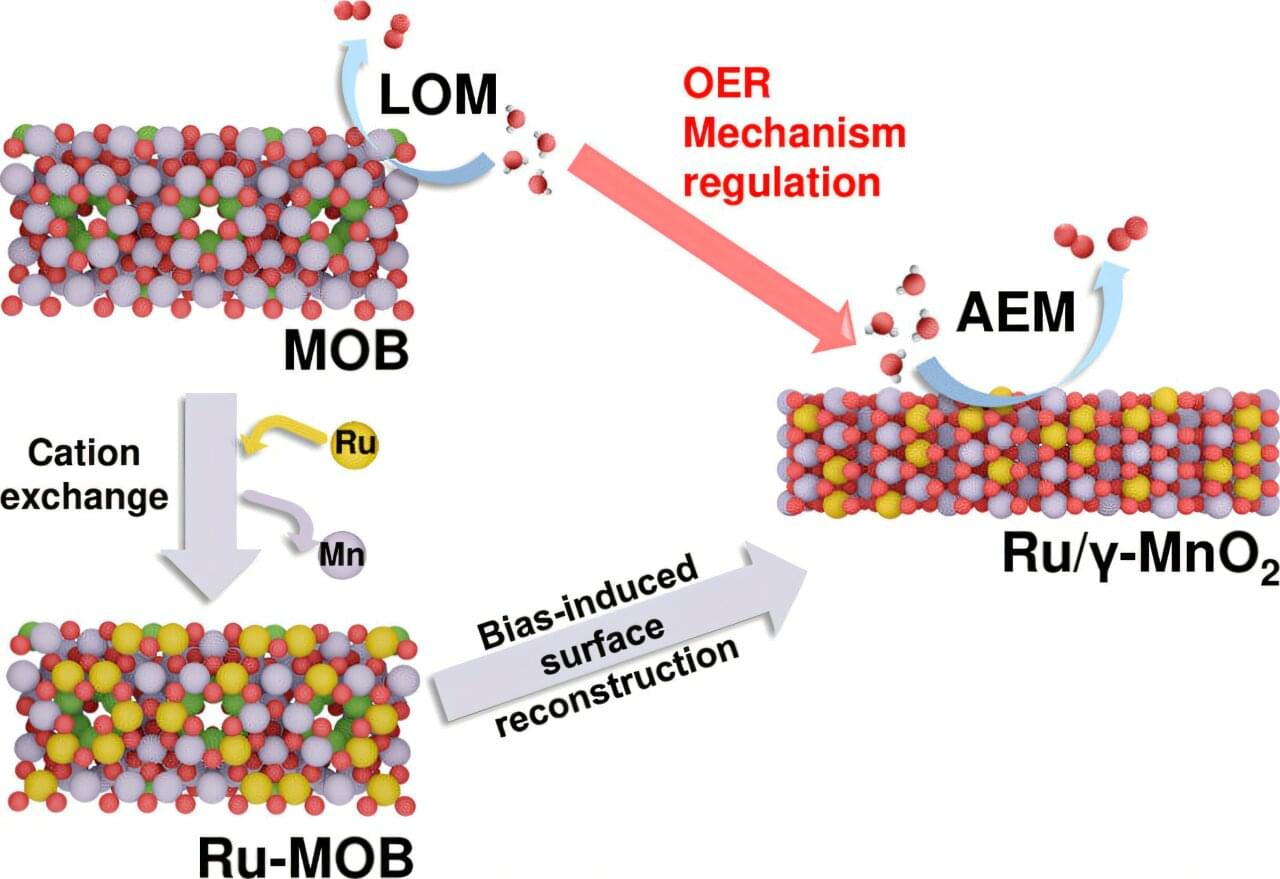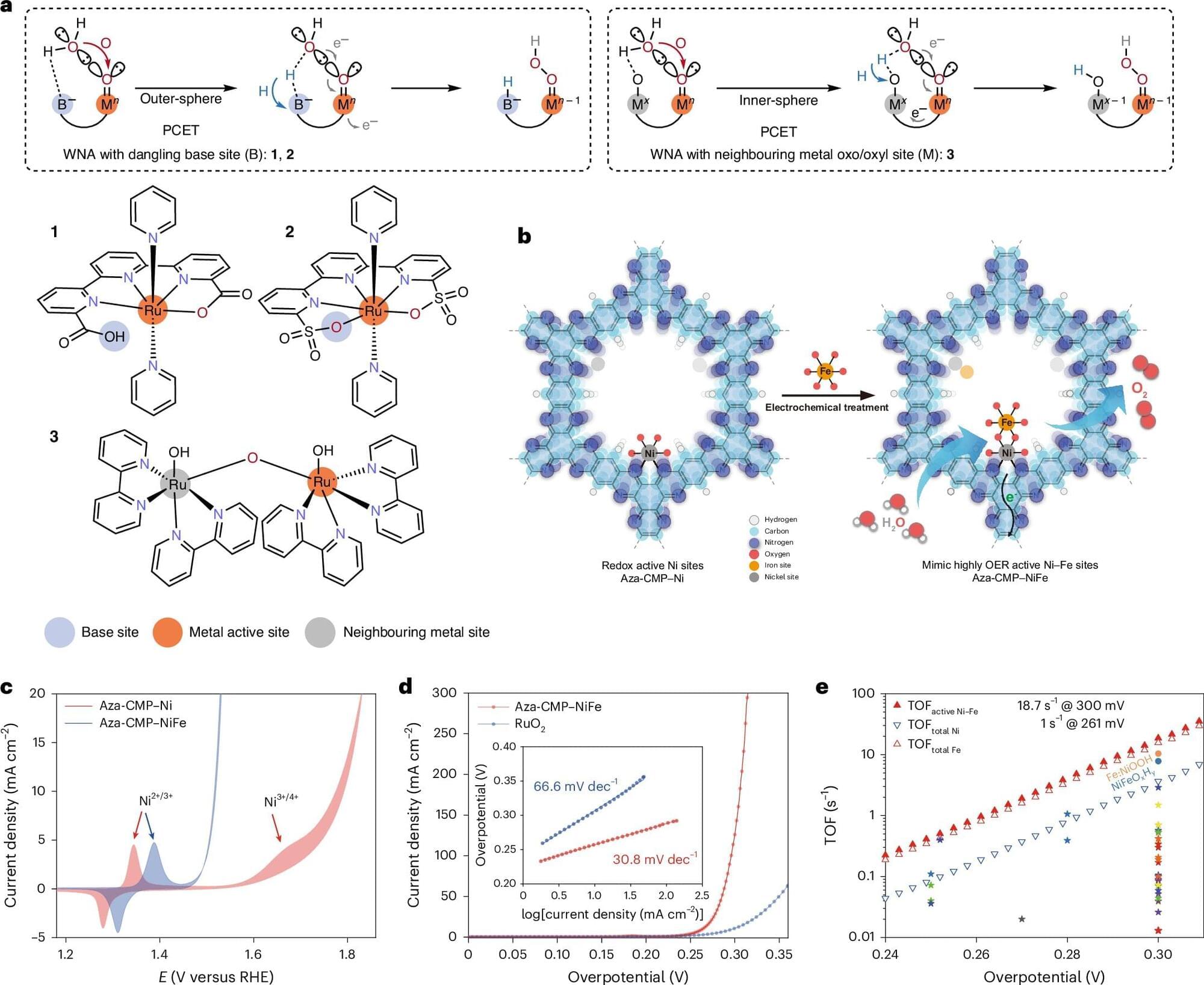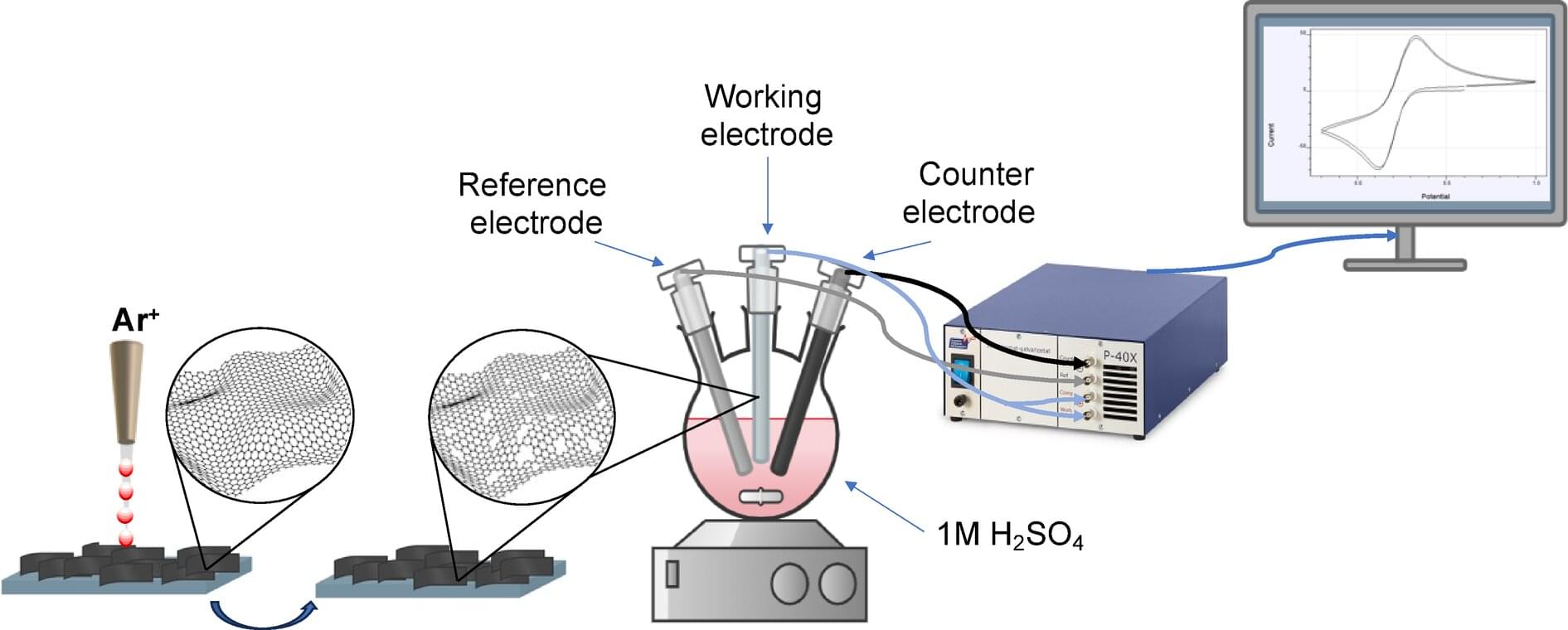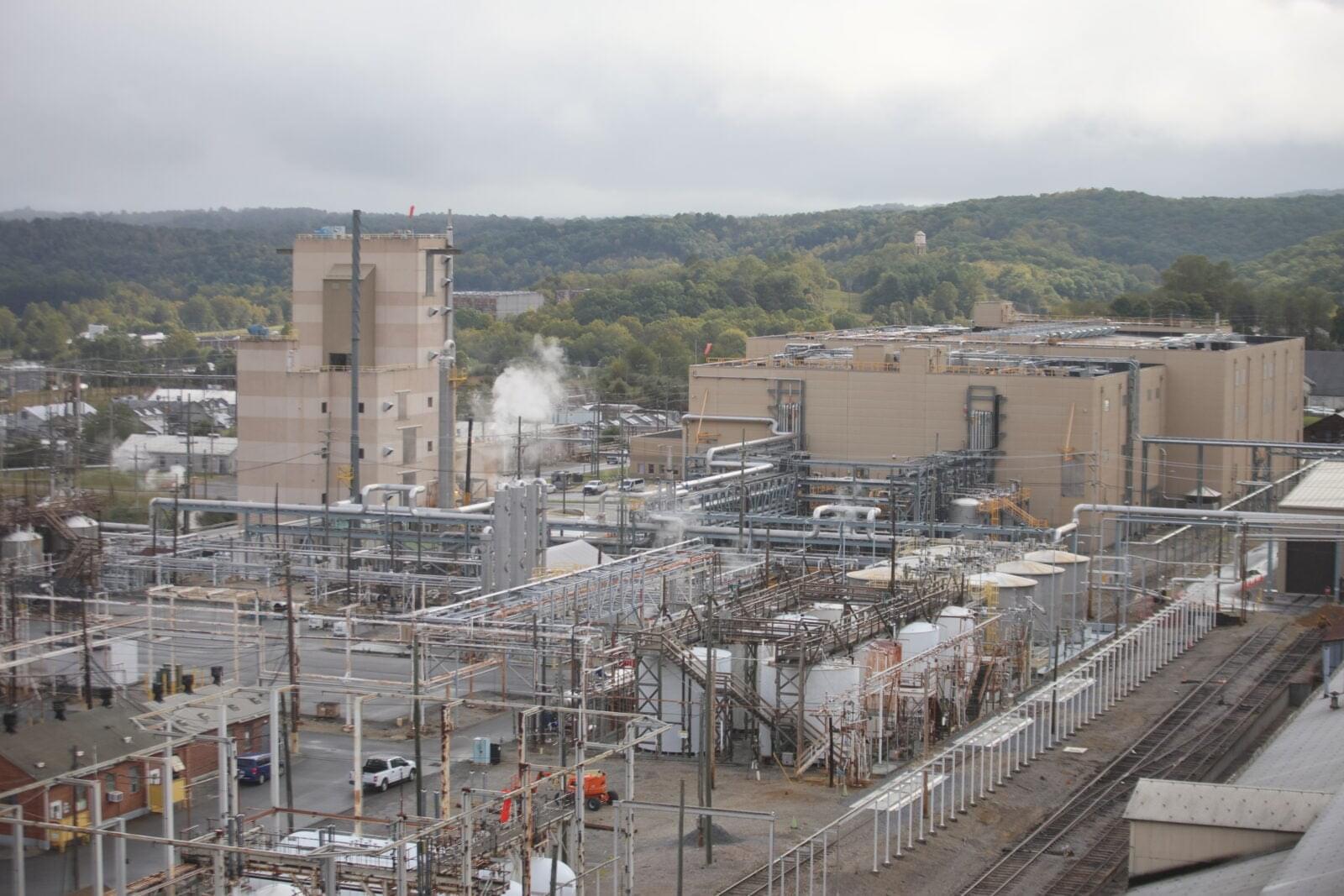Online discussions are often dominated by a small group of active users, while the majority remain silent. This imbalance can distort perceptions of public opinion and fuel polarization.
In a group-based field experiment on Reddit, researchers from the Max Planck Institute for Human Development, TU Dresden, and Stanford University have investigated why some people remain silent readers (“lurkers”) while others are particularly active (“power users”)—and which measures might encourage people to join the discussion.
Results from the experiment are published in the journal Science Advances.

